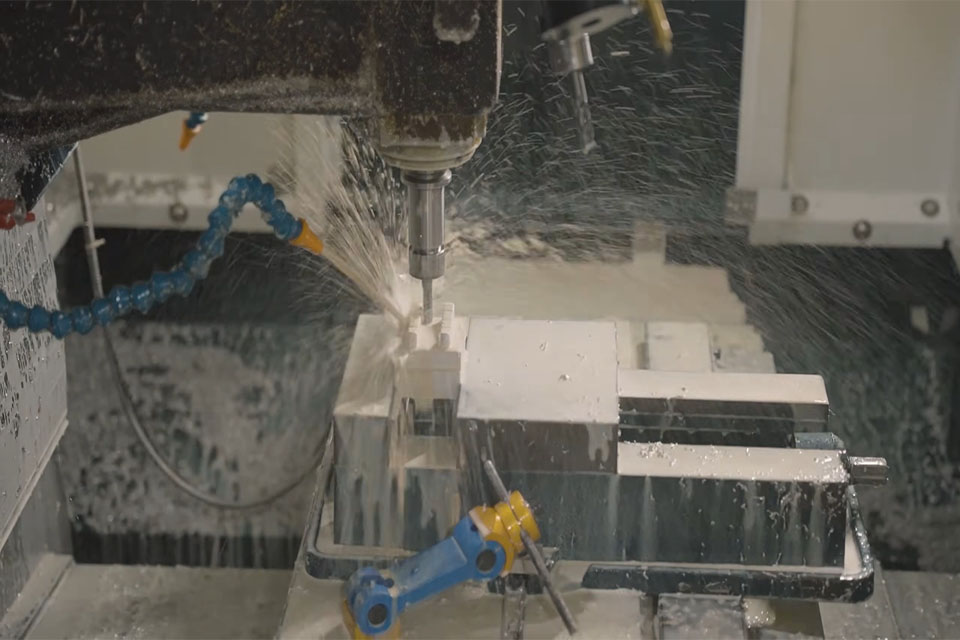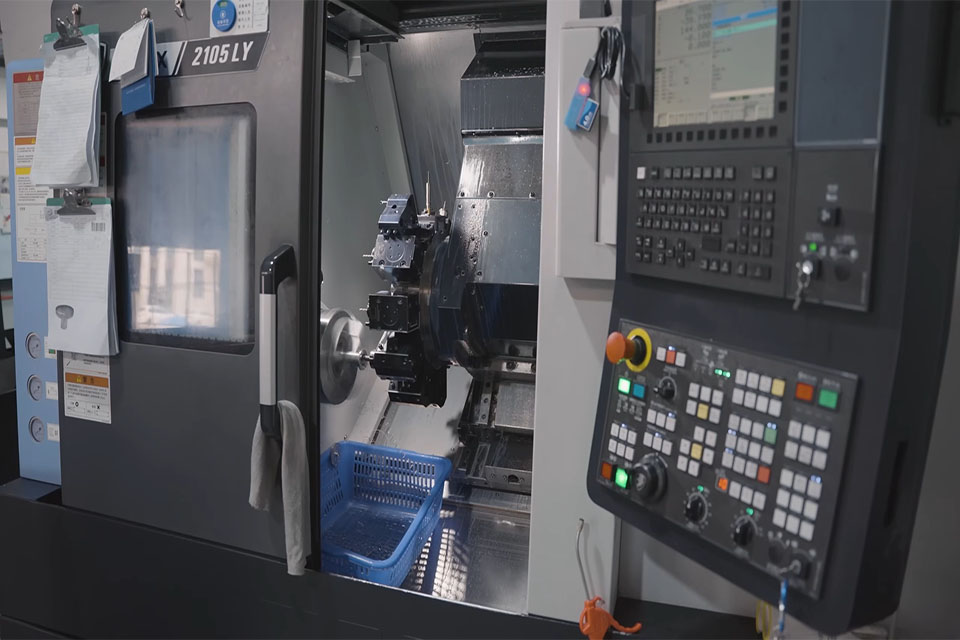
- +8615586668226
- [email protected]
- No. 30, Hongbang Industrial Park, Shenzhen

Chrome plating has revolutionized manufacturing by offering solutions that balance aesthetics and performance. From CNC-bearbetning till Precisionsbearbetning, chrome plating plays a critical role in enhancing product durability and visual appeal. Let’s explore how this process works and why it’s indispensable across industries.
Chrome plating, also known as chromium plating or chrome electroplating, involves depositing a thin layer of chromium onto a substrate. This process improves wear resistance, corrosion protection, and surface hardness while delivering a polished, reflective finish.

The chrome plating process involves six key stages:
| Chemical | Roll |
|---|---|
| Chromic Acid (CrO₃) | Provides chromium ions for the chrome layer. |
| Sulfuric Acid (H₂SO₄) | Balances bath chemistry for uniform coverage. |
| Hydrochloric Acid (HCl) | Cleans the surface during activation. |
| Sodium Hydroxide (NaOH) | Removes grease and oil before plating. |
| Fume Suppressants | Minimizes toxic fumes during hexavalent chrome plating. |

Decorative Chrome Plating: Enhances appearance with a shiny finish.
Hard Chrome Plating: Focuses on durability and wear resistance.
Thin Dense Chrome Plating: Reduces friction and improves precision.
| Industri | Tillämpningar |
|---|---|
| Fordon | Engine components, bumpers, exhaust pipes |
| Flyg- och rymdindustrin | Landing gear, turbine blades |
| Medicintekniska produkter | Surgical instruments, dental equipment |
| Konsumentvaror | Kitchen utensils, door handles |

The cost of chrome plating depends on:
Hexavalent chromium poses risks such as respiratory issues and skin conditions. To mitigate these:
| Teknik | Fördelar | Nackdelar |
|---|---|---|
| Nickelplätering | Smooth finish, better for complex shapes | Lacks hardness of chrome |
| Pulverlackering | Color variety, eco-friendly | Less durable |
| Anodisering | Allows coloring, matte finish | Lower abrasion resistance |
What materials can be chrome plated?
Steel, stainless steel, aluminum, brass, copper, plastic, zinc die-cast, and titanium.
How long does chrome plating last?
5 to 20 years, depending on usage and maintenance.
Can chrome plating be removed?
Yes, through mechanical removal, chemical stripping, or reverse electroplating.
Is chrome plating environmentally friendly?
Trivalent chrome is safer, but hexavalent chrome requires strict safety protocols.
What industries benefit most from chrome plating?
Aerospace, automotive, medical devices, electronics, and industrial equipment.

Få de senaste trenderna och fakta om CNC-tillverkning från vår blogg.
Shenzhen Runkey Precision Technology Co. Ltd, ett dotterbolag till Tensun Group, är din pålitliga one-stop-lösning för anpassad tillverkning från prototyp till produktion. Förvandla din idé till verklighet med digitala tillverkningsresurser, strömlinjeformade processer, expertvägledning, accelererade tidslinjer och kompromisslös kvalitet.
©2024. CNC Fabrication Alla rättigheter förbehållna.